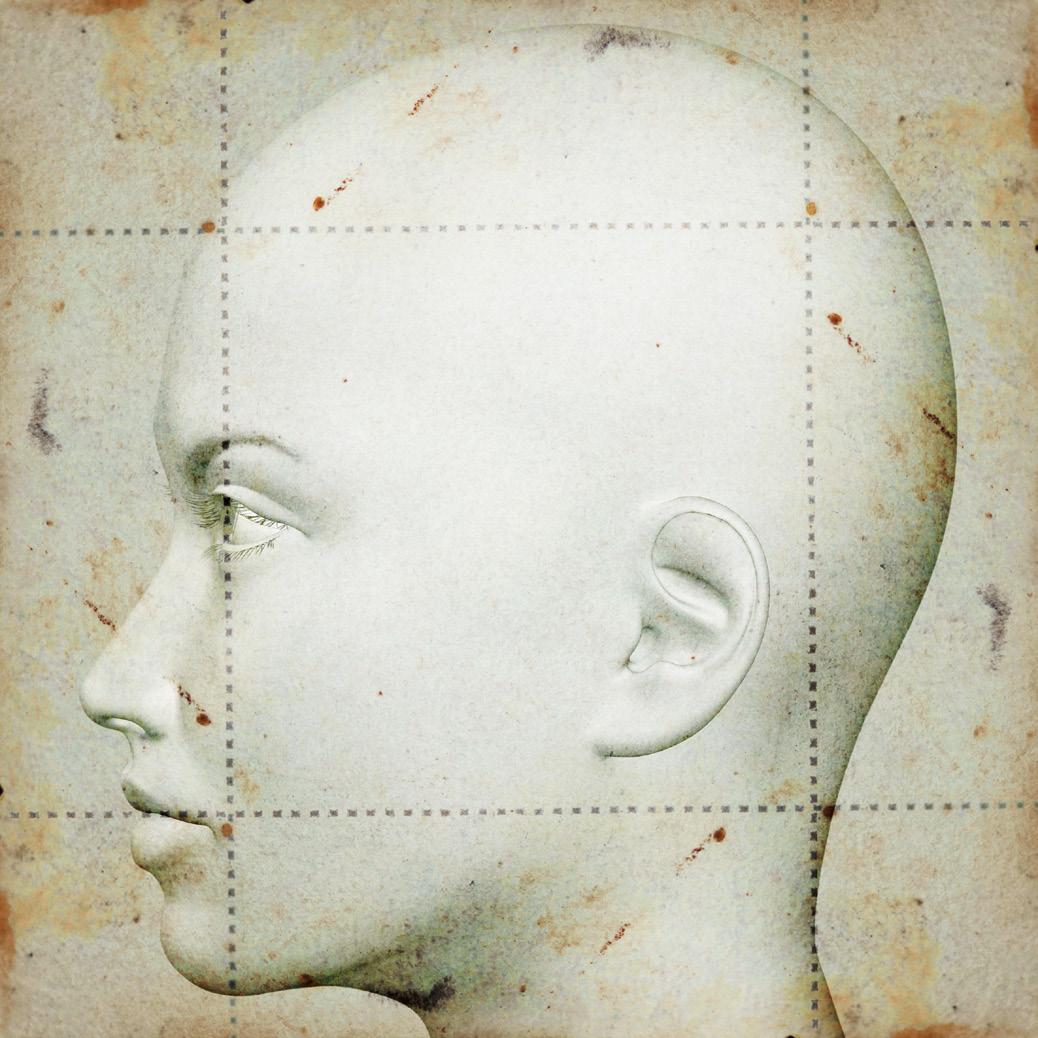
3 minute read
Mandibular Esthetics
Mandibular Esthetic Perception of the Modern Era
Pouria Moshgani, The Netherlands
Advertisement
Attractiveness bias plays an important role in modern-day society; many studies from 1985 to 2020, have shown that individuals get treated differently depending on their physical attractiveness. For example, attractive individuals have higher chances in the job market, an easier time forming friendships, more partner choice, and even benefit from leniency bias in court situations. Studies show that these could be attributed to them being perceived as more likeable, intelligent, successful, extroverted and higher in the social hierarchy. This realization could have brought about the increasing esthetic demands in the facial area, which dentists, orthodontist, oral and maxillofacial surgeons, and cosmetic surgeons have to face. Moreover, according to a recent systematic review by Samsonyanova from 2014, among the many factors for which clients seek orthodontic treatments, facial esthetics is the primary.
It is thus of utmost importance to understand societal preferences for facial esthetic preferences to deliver more patient-centred care. However, orthodontists are frequently biased in their esthetic perception by their educational background, often overestimating or underestimating treatment effects. It has even been recommended to them not to establish self-made esthetic ideals that may not comply to the untrained eye.
Among the craniofacial anomalies for which patients seek treatment, sagittal discrepancies remain one of the highest complaints; they are reported more critical than maxillary height and chin height. Moreover, people mythically considered the protruded chin as a sign of a strong character in a person. For this reason, all available evidence pertaining to the last 10 years, comparing the esthetic perceptions of orthodontists and laypeople (people without any dental educational background or education) regarding sagittal discrepancies were compiled in a systematic review. With this, treatment recommendations for border-line cases with regard to facial esthetics is made possible, to aid in delivering care that is more patient-centered.
The esthetic perceptions depend partly on the assessors’ races. For instance, in a Brazilian study evaluating two states of varying ratios of European-African heritage, Rio Grande do Sul (higher European heritage) preferred straight protrusive profiles, whereas Rio de Janeiro (mainly African descent) preferred protrusive lips more. Furthermore, Chinese assessors were more likely to rate retrusive profiles as more attractive, and protrusive profiles as unattractive than Caucasians. The race of the patient also influences the most esthetic mandibular position. Multiple studies indicate that both laypeople and orthodontists consider Caucasian males to most ideally have a slightly protrusive mandible and Africans a straight profile, particularly in men. This epitomizes the need for differing cephalometric norms that orthodontists use for differing races.
Society also tends to be more critical evaluating female facial esthetics. For instance, orthodontists and laypeople desired surgery for women at earlier sagittal mandibular discrepancies (from the Straight Profile) than for men. The included studies showed that esthetic perceptions between orthodontists and laypeople did not significantly vary. Furthermore, the most frequently rated attractive profiles was the straight profile, followed by the slight mandibular protrusion; and mandibular retrusion was least frequently rated as the most attractive profile.
It thus can be recommended to clinicians dealing with sagittal complaints, that slight protrusions (within the normal range) are perceived as attractive in the modern era. Of course, this will depend on the patient’s wishes as to opt for a complete straight profile. If a Class III skeletal relationship can only be restored to a slight mandibular protrusion through orthodontics, perhaps it is better to leave it be, informing the patient of how esthetically it is regarded nowadays, without ignoring the patient’s wishes. This would minimize surgical needs and costs to correct only slight mandibular protrusions. However, more research still needs to be done on mandibular esthetic perceptions due to the everchanging societal perceptions that occur over time.










